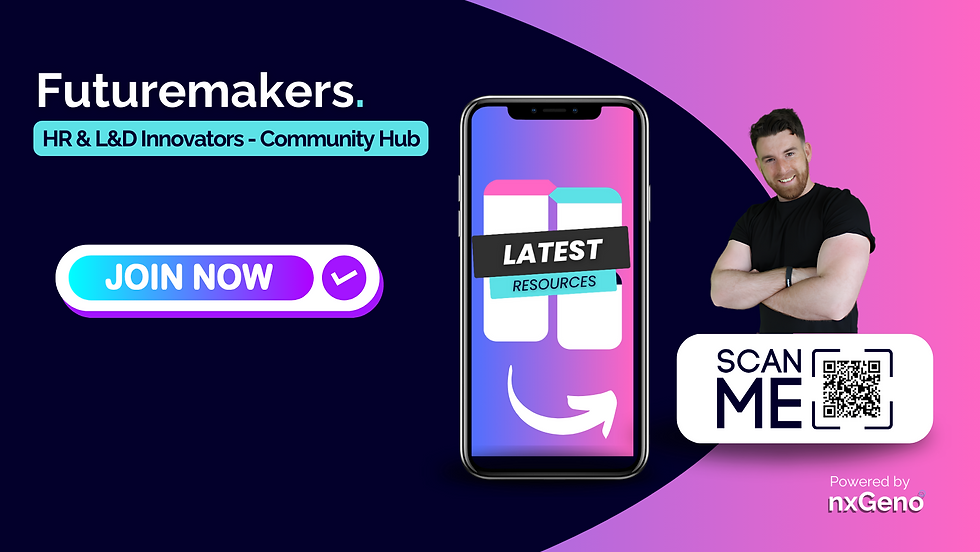Whether you're already grappling with the challenges of an in-flight HR Technology implementation or considering enhancing your HR tech stack in the near future, leap into our latest blog as we share our top tips for driving digital adoption through effective change management.

From concept to completion, designing and launching new HR technology products successfully is a complex and challenging task that requires careful planning, execution, and evaluation.
Where, when, and how you unveil your new system requires careful consideration of both the operational and human factors that can make or break the adoption of your new solution.
Sometimes, it can feel like everyone from senior management to HR, IT, and Finance has a stake in your project—and, in reality, they do.
HR technology impacts every aspect of the employee journey, therefore, ensuring you have an effective change management strategy that aligns with your overarching business goals is key to unlocking the maximum ROI from your HR technology investment.
Done well, a clearly defined HR technology change management approach will help you:
✅ Define and communicate the vision and benefits of the new HR Technology product to all staff, building an undisputable appetite for change.
✅ Assess and address organisational readiness and minimise the potential for resistance from stakeholders by engaging them early and throughout the duration of your project.
✅ Form and execute an effective product implementation plan that covers the technical, operational, and human aspects of the project that have the biggest experiential impact on your employees.
To help kick-start your change management journey, check out:
Change in 3. A simple guide to effective HR Technology Change Management
Step 1: Define the Vision and Benefits of your new HR Technology product/s.
The journey toward effective HR technology change management begins with clearly defining the vision and benefits of the new product.
This critical first step involves engaging key stakeholders early in the process to explore essential questions like:
• Why is this new HR technology product necessary for our organisation?
• What goals and objectives do we aim to achieve with its implementation?
• How will we ensure the product's development aligns with our organisational goals, culture, and values?
• What impact will the new product have on the experience of our key stakeholder communities?
In addressing these questions, you can begin to create a detailed vision and benefits statement that clearly articulates the value proposition of the new product and the potential consequences of not adopting the change.
Designed effectively this statement will help generate a sense of urgency and enthusiasm among stakeholders, motivating them to support and engage in the implementation project.
Step 2: Assess and Address Stakeholder Readiness and Resistance
The second step focuses on assessing and addressing the readiness and resistance of your stakeholders, ensuring their involvement throughout the project.
Key considerations include:
• Identifying the main
stakeholders and influencers of the HR Technology implementation project.
• Understanding their roles, responsibilities, and expectations from the project.
• Gauging their preparedness and willingness to adapt to the change.
• Identifying potential sources of resistance or support.
Conducting a thorough stakeholder analysis allows you to categorise stakeholders based on their level of influence on and attitude towards the project.
This analysis paves the way for developing a tailored stakeholder engagement plan that outlines strategies for involving each group, addressing their concerns, and leveraging their support.
Regular updates, soliciting feedback, and recognising contributions are essential strategies for maintaining stakeholder engagement and managing resistance effectively.
Step 3: Communicate the Vision and Benefits of your new product/s.
Communicating the vision and benefits of your new product or products is crucial.
This involves using various channels and formats to reach all stakeholders with clear, consistent, and transparent information.
Tailor your communication to the specific needs and concerns of each stakeholder group, addressing any questions and objections directly.
Encourage feedback and incorporate stakeholder suggestions directly into your implementation journey.
After all, effective communication is not just about disseminating information but also about building a dialogue with stakeholders to ensure their ongoing support and participation.
By keeping the lines of communication open and engaging, you can foster a positive environment conducive to the successful adoption of the new HR technology.
That’s it for this month’s edition! ✌️
As always, we hope you enjoyed our musings about the HR & L&D tech space.
P.S. Are you an HR or L&D pro that likes to stay ahead of the curve?
Join our private Facebook community for more expert insights, actionable tips, and exclusive early access to our latest resources.

Comments